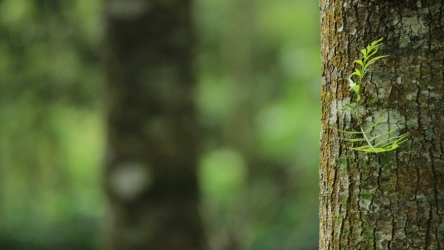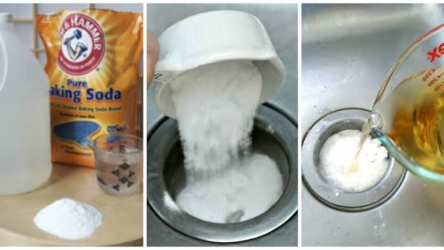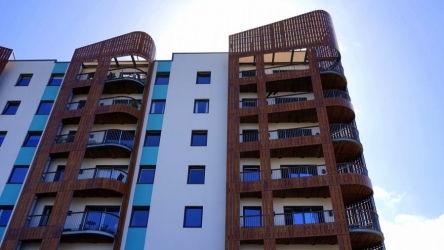
Biomass is a collective term that refers to all kinds of biological matter that can be converted to energy. The meaning of biomass varies with the context. At the industrial level, biomass refers to organic material that can be used in manufacturing and energy generation. Some of the organic materials used in industrial processes include soybeans and corn. The former used in making plastic, while the latter is used in ethanol production.

Biomass can also be used at the domestic level. Grass clippings and table scraps, which are usually disposed of as municipal green waste can be put to use in the house. In other words, biomass includes all the organic materials from gardens and homes put into good use. It is important to learn how to use organic wastes to keep them out of landfills and benefit households. Some good sources for more information on biomass are:
AmberGreen
NRDC
Biomass Energy Centre
Why Use Biomass
Collect it
Many homes have rubbish bins for trash from the kitchen. Get an additional rubbish bin for food waste. After cooking, do not throw away extra food and by-products of preparing meals. Instead, put these food wastes into the food waste container. Items to dispose of in this fashion include products with lots of fat like meat and dairy products.
These wastes take longer to break down and attract pests. Another item to throw in the food waste container is the packaging the food comes in. any form of organic matter can be disposed of in the waste food container. However, ensure you break down large pieces of food such as bones before throwing them in the food waste container.
The garden can be a great place for gathering biomass. You may need more than one rubbish bin for the garden; two bins for a garden are recommended. One for most of garden waste such as weeds, flowers, bush trimmings and grass clippings, while the second is for stiffer, drier wastes such as dry grasses, branches, and twigs. Separate the soft wastes materials from the dry and stiff wastes because they biodegrade at different rates and have different uses.
Make a habit of separating the two types of wastes every time you clean up the garden. If you maintain this practice, you will be surprised by the amount of biomass you will be able to gather in a short period. What was once considered waste could now be of substantial use to your garden and home.
Compost it
This is one of the best and most efficient ways to use organic wastes. Composting involves letting organic matter do the inevitable; decompose. However, doing this in a controlled environment and mixing the organic matter with dirt and other additives can create a useful product that can make a significant difference in the health of your garden.
You may need a different container for composting the organic waste. The compost container can be as simple as a trash with holes for ventilation or you can purchase a purpose-made compost bin from your local hardware and garden store. You need some topsoil for composting. Composting is not a difficult process. To start off, mix your normal yard and food waste.
Avoid composting dry waste until its biodegradable. The exact amount of dirt to use, the time to make the compost and other issues are determined by various factors including: where you live, the kind of food wastes you have and the kind of plants you have in your garden. Fortunately, there are many online and print resources that provide composting information.
Research composting formula that best works for you. Composting is not a complex science; you are free to experiment and find the right combination that works for you. One of the most important factors needed for the creation of compost is bugs. The presence of different types of insects and worms will enhance the quality of compost and speed up the decomposition process.
Find out about local insect varieties and get the required species into your compost bin. Not everyone has a garden where they can use compost. However, compost can also be used on indoor plants. If you do not have plants in your indoor or outdoor spaces, you might have a neighbour who is into plants. This is a guest post by Andrew Trimble. He is a green living biomass enthusiast who loves to blog about environmental issues.







